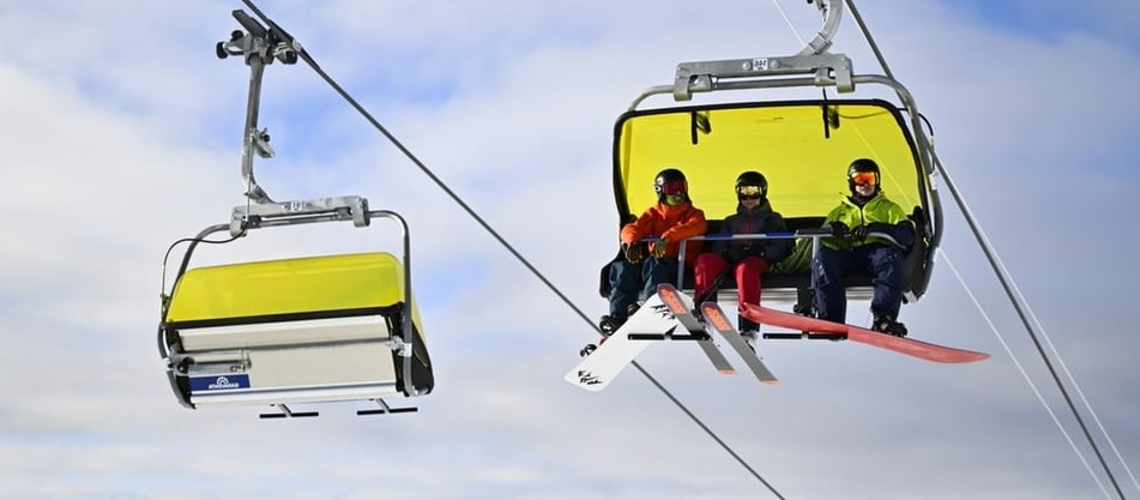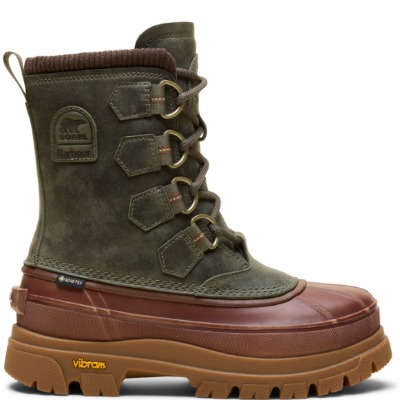Bludner Bergbahnen Satisfied With The Course Of The Season

Due to the challenges in the 2022/23 winter season, the Graubünden mountain industry can be satisfied overall with the course of business as of February 28, 2023. This is despite the fact that individual companies or snow sports areas are, or in some cases already were, heavily challenged by the lack of snow. The industry knows from experience that billing is only done at the end of the season. Euphoria is therefore out of place. The lack of natural snow to date and the rising temperatures pose a challenge, especially this year.
The monitor of the industry organization Bergbahnen Graubünden (BBGR) includes 23 mountain railway companies or 90% of Graubünden's transport turnover
In February 2023, the Bündner Bergbahnen recorded an increase in guests of 4.2% compared to the previous year. The transport turnover is at the previous year's level. A very positive result considering the challenging snow conditions and the good results of the previous year. It should be noted, however, that there are sometimes considerable differences between areas or companies with and without snowmaking.
Basically, it can be stated that the high alpine areas and those areas that can guarantee an attractive offer thanks to technical snowmaking have benefited so far from the 2022/23 winter season. Furthermore, it can be seen that the introduction of dynamic pricing (whoever books early benefits) and flexible subscription systems are increasingly leading to a decoupling of the correlation between first-time visitors (guests) and transport turnover.
The cumulative values as of February 28, 2023 are positive compared to the previous year, despite the mostly negative development - with the exception of the Engadin. On the one hand, because of the extraordinary weather conditions and on the other hand, because it is compared to one of the best winters in recent years. The number of guests in Graubünden fell by 3.1% compared to the previous year, but is positive compared to the long-term averages (+3% or +5.7%). The cumulative transport turnover is -0.9% compared to the previous year. In comparison with the 5- and 10-year average, this amounts to +12.2% and +18.7%, respectively. This is probably partly due to price adjustments as a result of inflation and higher costs (wages, fuel, electricity, raw materials, etc.).
The above-average development in the Engadin is due on the one hand to the altitude and the climatic conditions and on the other hand to the interaction between Samnaun and Ischgl, which is functioning again without restrictions after the pandemic.
Conclusion:
Due to the challenges of winter 2022/23, the Graubünden mountain railway industry can be satisfied with the business development so far. This is despite the fact that individual companies or snow sports areas are under severe pressure due to the lack of snow or have already been in some cases (e.g. Sarn Heinzenberg).
Reasons for this development are: "Fully comprehensive insurance" for technical snowmaking, lots of sunshine, few lost days due to wind/storms and snowfalls/avalanches, strong domestic demand, return of international guests, need for snow sports and consumerism (possibly pent-up demand).














